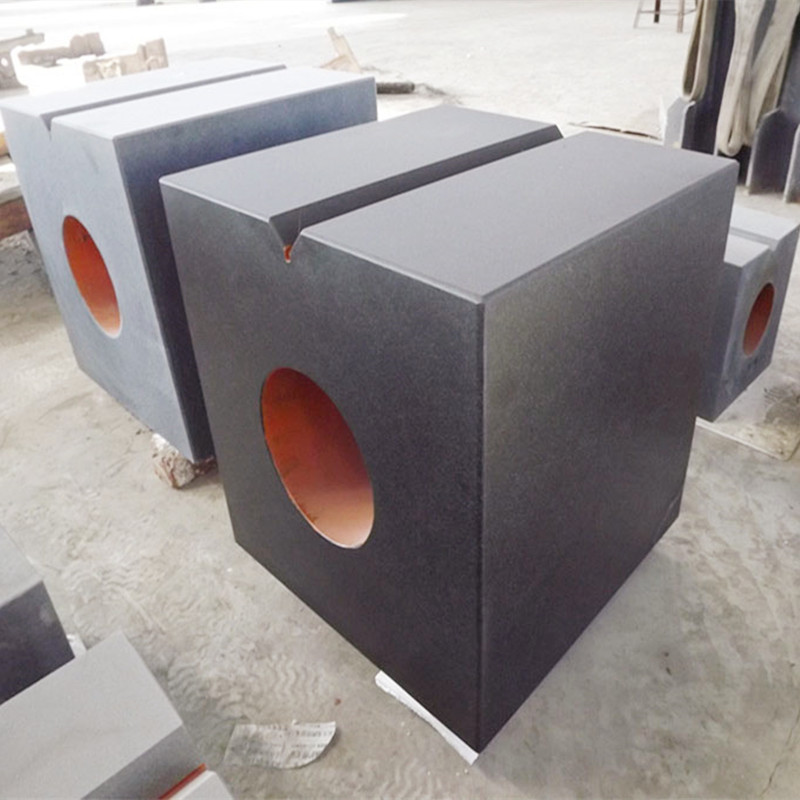Jul . 12, 2024 03:56 Back to list
Clamps used in welding fixtures for efficient and precise assembly and manufacturing operations.
When it comes to welding fixtures, having the right clamps is crucial for ensuring precision and efficiency in your work. Clamps are essential tools that hold workpieces securely in place during the welding process, allowing for accurate and consistent results. There are a variety of clamps available for welding fixtures, each with its own unique features and benefits.
One of the most common types of clamps used in welding fixtures is the C-clamp. This type of clamp is shaped like a C and is typically used to hold metal pieces together while they are being welded. C-clamps are versatile and can be easily adjusted to fit different workpiece sizes, making them a popular choice among welders.
Another popular choice for welding fixtures is the F-clamp, which is shaped like an F and is designed to provide additional support and stability for larger workpieces. F-clamps have a larger clamping capacity than C-clamps, making them ideal for holding heavy or oversized materials in place during welding.
Toggle clamps are another common type of clamp used in welding fixtures. Toggle clamps are easy to operate and provide quick, one-handed clamping action, making them ideal for situations where speed and efficiency are key. These clamps come in a variety of styles, including vertical and horizontal models, to suit different welding applications

clamps for welding fixtures. For more specialized welding tasks, there are also a variety of specialty clamps available for welding fixtures. Magnetic clamps, for example, are useful for holding magnetic materials in place during welding, while spring clamps are designed for light-duty applications that require gentle pressure. When selecting clamps for your welding fixtures, it is important to consider the specific requirements of your project. Factors such as the size and weight of the workpieces, the type of material being welded, and the required level of precision will all play a role in determining the best clamping solution for your needs. In addition to choosing the right type of clamp, it is also important to ensure that your clamps are properly maintained and in good working condition. Regular cleaning and inspection of your clamps will help to prolong their lifespan and ensure they are functioning properly when you need them. In conclusion, clamps are essential tools for welding fixtures that play a critical role in ensuring the accuracy and efficiency of your work. By selecting the right clamps for your specific welding needs and maintaining them properly, you can help to achieve high-quality results in your welding projects. Whether you are working with small-scale projects or large industrial applications, having the right clamps for your welding fixtures will make all the difference in the final outcome.

clamps for welding fixtures. For more specialized welding tasks, there are also a variety of specialty clamps available for welding fixtures. Magnetic clamps, for example, are useful for holding magnetic materials in place during welding, while spring clamps are designed for light-duty applications that require gentle pressure. When selecting clamps for your welding fixtures, it is important to consider the specific requirements of your project. Factors such as the size and weight of the workpieces, the type of material being welded, and the required level of precision will all play a role in determining the best clamping solution for your needs. In addition to choosing the right type of clamp, it is also important to ensure that your clamps are properly maintained and in good working condition. Regular cleaning and inspection of your clamps will help to prolong their lifespan and ensure they are functioning properly when you need them. In conclusion, clamps are essential tools for welding fixtures that play a critical role in ensuring the accuracy and efficiency of your work. By selecting the right clamps for your specific welding needs and maintaining them properly, you can help to achieve high-quality results in your welding projects. Whether you are working with small-scale projects or large industrial applications, having the right clamps for your welding fixtures will make all the difference in the final outcome.
Latest news
-
Why Metric Trapezoidal Thread is Ideal for Precision Motion ControlNewsAug.05,2025
-
The Unique Properties of a Block of Granite for Industrial UseNewsAug.05,2025
-
The Role of Flanged Y Strainers in Preventing Pipeline ClogsNewsAug.05,2025
-
The Importance of Regular Calibration for Master Ring GagesNewsAug.05,2025
-
How a Cast Iron Surface Table Enhances Accuracy in ManufacturingNewsAug.05,2025
-
Comparing Different Check Valve Types for Optimal Flow ControlNewsAug.05,2025
Related PRODUCTS









